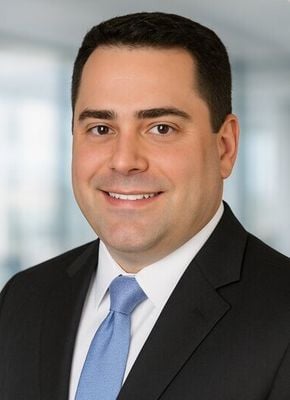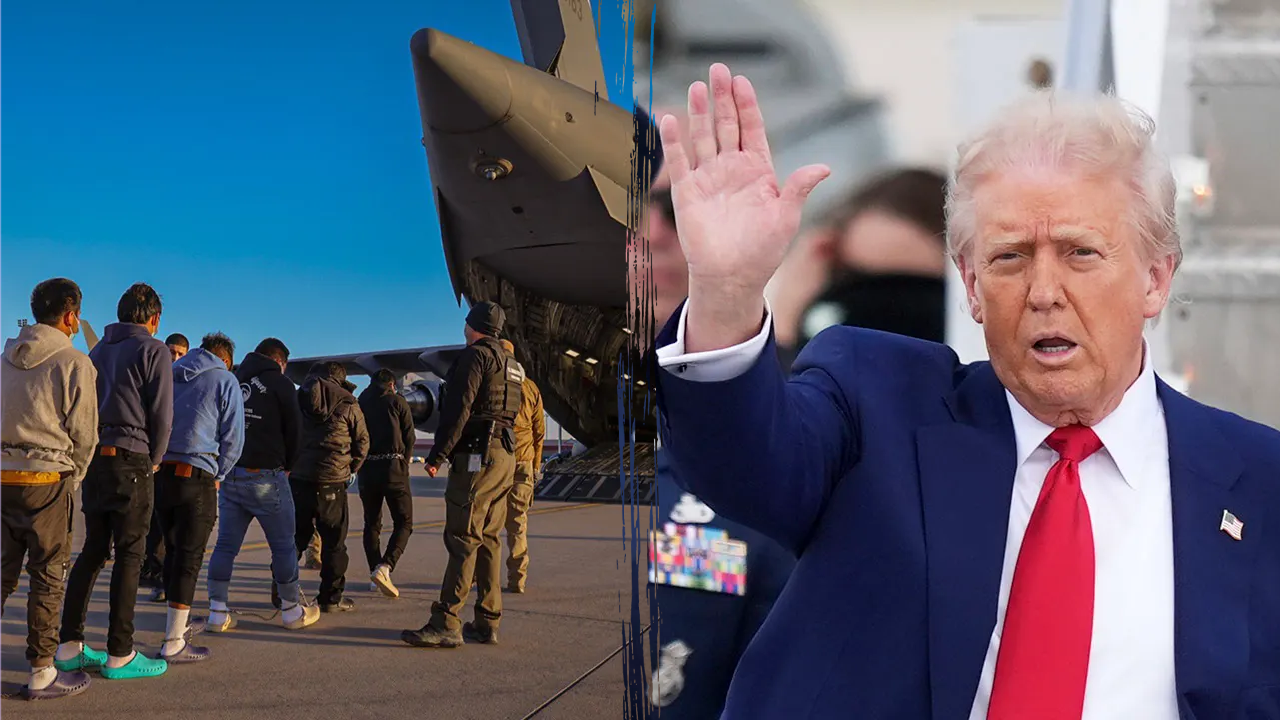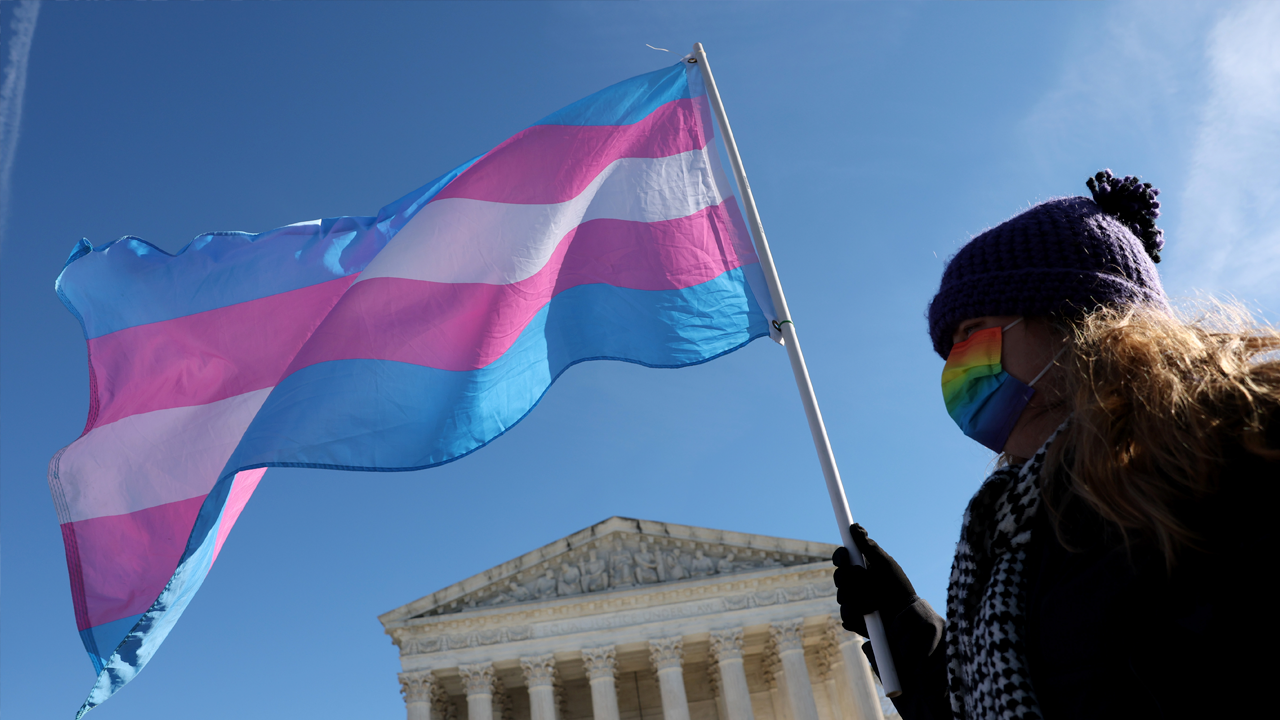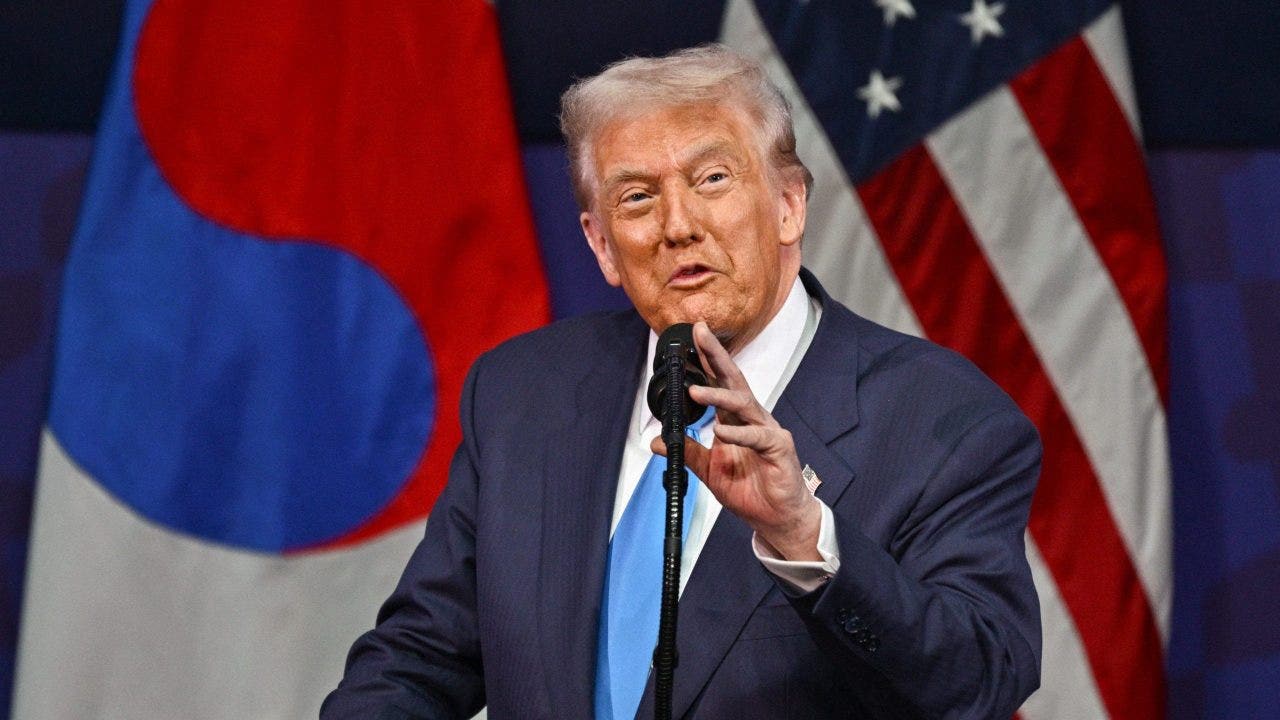STAMFORD — A member of the Stamford Board of Representatives said he was “disgusted” by the city’s Board of Finance’s decision to delay a potential increase in budgeted officers for the city’s police department.
Finance
Spot ETPs: A New Era For Bitcoin Or A Gateway For Traditional Finance?

On January 10, 2024, the crypto industry witnessed a notable development. The U.S. Securities and Exchange Commission (SEC) approved the listing and trading of several spot Bitcoin Photo by Muhammad Asyfaul, Unsplash
BTC
A bit of history
The SEC categorises most crypto assets as investment contracts, making them subject to U.S. securities laws. Consequently, issuing crypto assets requires compliance with significant regulatory requirements, a hurdle too high for many start-ups and even established companies in the crypto industry. It is crucial to acknowledge the presence of numerous fraudsters in the crypto market, and thus, the need for the SEC to become more diligent and strict. However that being said, it is important to emphasize that every novel sector invariably draws in those looking to exploit its nascent state for illicit gain. This pattern is not new; even the securities market, now well-regulated, took decades to establish robust regulations. This lengthy process of regulation and oversight development is a common trajectory for emerging industries as they balance innovation with the need to deter and manage fraudulent activities.
However, one must question the fairness of a regulatory approach that permits established industries to take over an emerging sector, just right before it becomes truly viable.
Introducing Bitcoin ETF and ETP
According to Coindesk, Bitcoin ETFs are publicly traded investment funds that allow investors to invest in Bitcoin without owning the actual crypto asset. This setup frees the investors from dealing directly with the crypto regulation. The ETFs are traded on traditional securities exchanges, and investors buy shares in a fund that holds Bitcoin. While there have been many attempts to launch crypto-linked ETFs since 2014, the first U.S. Bitcoin ETF (BITO) began trading on October 19, 2021. ProShares, a well-known ETF issuer, was allowed by the SEC to create this fund. The fund debuted as one of the most heavily traded ETFs in market history, attracting more than $1 billion in assets within its first days.
In January 2024, the BITO reached its all high of over $2 billion assets.
Although the SEC approved a few Bitcoin ETFs, in 2023, it rejected the applications to list spot Bitcoin exchange-traded product (ETP). The main difference between the two is that the Bitcoin spot ETP invests directly in Bitcoins as an underlying asset, whereas the Bitcoin futures ETFs invest in derivatives contracts based on Bitcoin prices.
One could ask – what is the difference between the Bitcoin spot ETP and owning the Bitcoin directly? On a very basic level, the first is regulated and in the majority of cases, managed by established financial entities, and the other is not, while the underlying asset is the same – Bitcoin.
Allowing for the Bitcoin spot ETP
The first application for Bitcoin spot ETP was filed with the SEC on July 1, 2013, by the Winklevoss brothers. Since then, multiple applications have been filed under the federal securities regulation, all rejected by the SEC on grounds of anti-fraud and investor protection. Meanwhile, the SEC permitted derivative products – the Bitcoin ETFs, creating a noticeable double standard. This inconsistency was finally challenged by Grayscale Investments, LLC in 2022. On August 29, 2023, the DC Circuit Court of Appeals ruled this double treatment as “arbitrary and capricious,” criticizing the SEC for failing to “ explain its different treatment of similar products.”
The SEC did not appeal this decision and instead initiated a review of 11 applications for Bitcoin spot ETPs.
What does this mean?
The SEC approved 11 applications for spot Bitcoin ETPs, and entities such as Blakcrock, Grayscale, Fidelity, VanEck, ARK 21Shares and others, allowing them to invest in Bitcoin and create derivative products for retail investors. This decision culminated in a significant trading volume of $4.6 billion – on the first day of trading – January 11, 2024, indicating a strong market interest.
This situation underscores the need for the SEC to rethink its approach to regulating crypto assets. The current stance is somewhat paradoxical. The SEC imposes strict limitations on primary crypto activities and innovative start-ups, often suggesting a view of crypto activities as potentially fraudulent. Yet, simultaneously, it facilitates secondary trading through established financial institutions. This implies that only a select few are deemed capable of safely engaging in the crypto market.
The SEC’s approach of creating space for traditional financial entities in the crypto space while tightly constraining grassroots crypto activities points to an unusual standard of operation that may need reevaluation to ensure a more balanced and inclusive market.

Finance
From food to financing, Alaska Native organizations feel the shutdown’s pinch

WASHINGTON — The government shutdown is creating a lot of uncertainty and disruption for Alaska Native communities, and for tribal organizations that administer federal programs.
These include SNAP, for food assistance, and the Low Income Home Energy Assistance Program, which subsidizes energy bills.
Ben Mallott, president of the Alaska Federation of Natives, said the prospect that both of those programs would run out of money, just as winter begins, puts some Alaskans in a life-threatening bind.
“Without LIHEAP, without SNAP, our communities, our tribal citizens will have to decide between fuel and food,” he testified to the Senate Indian Affairs Committee Wednesday.
During the pandemic, the Federal Subsistence Board allowed emergency hunting to improve food security. Now, with the government shutdown, Mallott said the Subsistence Board can’t even meet to consider it.
Since the second Trump administration began, advocates for Native American and Alaska Native people have stressed that programs that help them aren’t D.E.I. initiatives but the result of promises, treaties and laws. Now, between the administration’s cuts to government services and the shutdown, they say the government is dodging its responsibilities.
Hearing witnesses said tribal Head Start programs will run low on money if the shutdown extends into November, and that many agency experts tribes normally turn to have lost their jobs.
Pete Upton testified about the Trump administration’s plan to abolish a fund at the Treasury Department called the Community Development Financial Institutions Fund. Upton runs the Native CDFI Network, whose Alaska members include the Cook Inlet Lending Center. He said tribal communities are often in banking deserts.
“Native CDFIs are typically the only financial institutions serving these communities, providing access to capital, credit and financial education where no alternative exists,” he said.
Early in the shutdown, the Treasury Department fired the entire staff of the CDFI Fund. With no one at the federal office to certify the CDFIs, Upton said it’s hard for the community finance organizations to attract private-sector and philanthropic investment.
Certification is “a stamp for investors to say that ‘you are investable,’” Upton said. With it, “we bring in private capital at a rate of eight to one.”
Sen. Lisa Murkowski, chair of the Indian Affairs Committee, said tribes face enormous uncertainty as the stalemate in Congress nears the one-month mark.
“We can’t figure out the path forward right now on our spending bills, although I am a little bit more optimistic on that today,” she said.
She didn’t elaborate but said earlier this week that senators are engaged in productive talks.
Finance
Stamford rep blasts Board of Finance for delaying creation of new police officer positions

Police cruisers parked in the Stamford Police Department parking lot photographed on August 7, 2024.
“I’m angry,” said Sean Boeger, D-15, during the Board of Representatives’ Fiscal Committee meeting Monday.
Article continues below this ad
Boeger is also a sergeant in the Stamford Police Department. The increase, which was on the committee’s agenda, would have created 13 more officer positions in the department. A grant would help pay for six of the 13 new positions.
It would’ve brought the total number of officers in the patrol division from 217 to 230, resulting in a 300-person force when all other ranks are considered. In the early 2000s, the department had 314 budgeted sworn officers, according to Chief of Police Timothy Shaw.
Lou DeRubeis, Stamford’s director of public safety, health and welfare, said the proposed increase was the first “in quite a number of years.”
The Board of Finance, however, during its Oct. 9 meeting, voted to hold the increase and asked the police department to provide more information, such as where the officers would be used and the total cost of hiring them outside of wages, such as health insurance and overtime.
Article continues below this ad
Boeger said during Monday’s fiscal committee meeting that he believed there were four officers assigned to traffic enforcement because “patrol demand is so high.” He said the department should be able to double the number of officers for traffic enforcement, which he said was “the top gripe of our citizenry.”
He also said the department was “lucky if we could cover the high schools when it’s busy.”
“If we want to be responsible and we want to have the nice things that a nice city like Stamford should have…we have to do something about this,” Boeger said.
Boeger said the department had opened up testing for new positions and that the department can’t send people to police academies, whether the city’s own or others, until the new positions are approved.
Article continues below this ad
“We’re gambling with open positions based on academy availability,” Boeger said.
Amiel Goldberg, D-13, said he wanted members of the committee to reach out to the Board of Finance to “let them know how deeply disappointed and frustrated our committee is.”
There had been an attempt to add the 13 police officer positions during the most recent budget process, but the Board of Finance cut the funding for those jobs.
At that time, members of the board said to come back with the request once the department filled out the rest of their 287 budgeted officer positions. The department will reach that goal by December, Bridget Fox, chief of staff of the mayor’s office, said during the Oct. 9 meeting.
Article continues below this ad
Shaw, in an interview before the fiscal committee meeting, said getting more people for the department would mean less people have to work overtime and because of that, less people would burn out and leave the force. Half the budgeted overtime, he said, is for the patrol division.
During the Oct. 9 meeting, the chief said the 13-person increase could result in a $500,000 reduction in overtime costs.
Laura Burwick, a member of the Board of Finance, said during the Oct. 9 meeting the request of $743,941 for the new positions was “a huge additional expense to the budget” and that she wanted to “see a little bit of the analysis that went into this.”
Article continues below this ad
Geoff Alswanger, a member of the finance board, said during that meeting that there have been “many sessions” where the board had “angst at the management” of the city’s pension funds and that the board “can’t ignore that as part of this equation.”
Boeger, however, during Monday’s meeting, said the department “has no power or control over that.”
Finance
Brian Bradford has been appointed SVP, Hospitality Finance at TPG Hotels & Resorts

TPG Hotels & Resorts, one of the nation’s premier hospitality management firms, announced today that Brian Bradford has joined the company as Senior Vice President, Hospitality Finance. In this role, Bradford will have direct oversight and accountability for the accounting and finance function across the company’s portfolios and be based out of the national operations headquarters in McKinney, Texas.
Bradford joins TPG Hotels & Resorts from Remington Hospitality, where he served as Senior Vice President of Corporate Accounting, overseeing the accounting and treasury functions for a portfolio of more than 120 hotels. During his tenure, Bradford successfully restructured accounting operations, streamlined processes, and reduced the monthly close cycle by nine days. With extensive experience in financial management, reporting, and technical accounting across multiple industries, he brings to TPG a proven track record of driving operational efficiencies and implementing robust financial systems for large, complex organizations.
Bradford began his career in public accounting with CohnReznick LLP and has since held senior finance and accounting leadership positions with several large organizations including, CIG Logistics, Daseke, and Americold Realty Trust. He holds both a Master of Accounting and Bachelor of Science in Accounting from North Carolina State University.
TPG Hotels
McKinney, Texas
United States
-

 New York6 days ago
New York6 days agoVideo: How Mamdani Has Evolved in the Mayoral Race
-

 World1 week ago
World1 week agoIsrael continues deadly Gaza truce breaches as US seeks to strengthen deal
-

 News1 week ago
News1 week agoVideo: Federal Agents Detain Man During New York City Raid
-

 News1 week ago
News1 week agoBooks about race and gender to be returned to school libraries on some military bases
-

 Technology1 week ago
Technology1 week agoAI girlfriend apps leak millions of private chats
-

 Politics1 week ago
Politics1 week agoTrump admin on pace to shatter deportation record by end of first year: ‘Just the beginning’
-

 News1 week ago
News1 week agoTrump news at a glance: president can send national guard to Portland, for now
-

 Business1 week ago
Business1 week agoUnionized baristas want Olympics to drop Starbucks as its ‘official coffee partner’

















